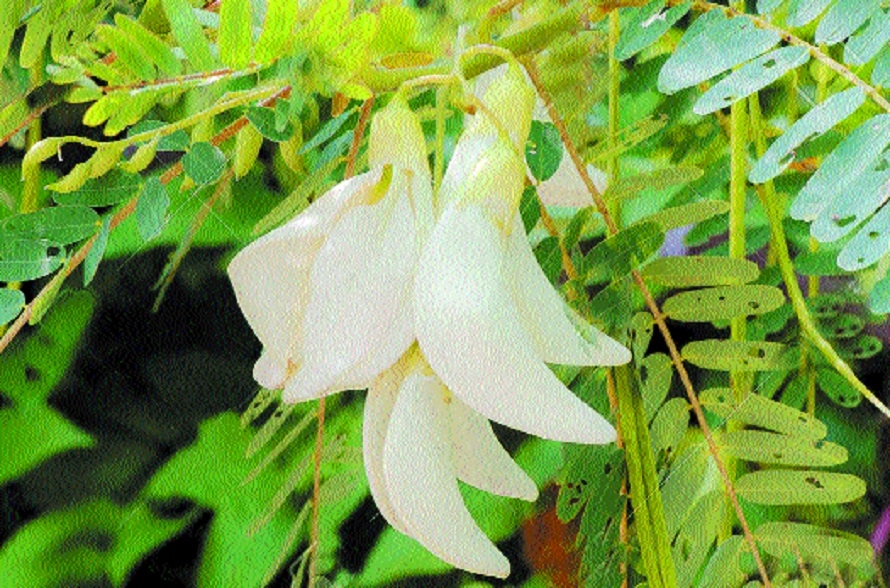Heta or Hatga: A natural remedy for fever and malaria
| Date :25-Sep-2019 |

By Rajendra Diwe :
In rural areas there are number of dishes prepared from Heta or Hadga. It is famous as ‘Hetyachi Phule’ in rural areas. In many remote areas the entire tree has been used as food. Many dishes like pakoda, bhajiya, vegetable by using Besan and curd are prepared from the flowers of this plant. The raw or cooked flowers are used in salads, boiled as a potherb, fired or used in curries. The flowers are rich in sugar and iron and have a falour like mushrooms. The central part of the flower is usually removed because it is very bitter. White flowers are generally preferred to red ones. Immature seedpods are also used as raw or cooked. The long, narrow pods are boiled and eaten like string beans.
The very young seedpods can be added to salads. The seeds are rich in protein. Young leaves and shoots of this plant are used as raw or cooked. They can be eaten like spinach. Often blanched, they are added to salads, cooked as a potherb or added to stews. A clear gum obtained from the bark is used in foods. There are two botanical varieties of this plant. They are Sesbania Grandiflora and Agati Grandiflora. The tree is known as Agati in English. In Hindi it is known as Gaach Munga, Hathya, Agasti. In Marathi it is called as Shevari, Hatga or Heta. In Manipur it is termed as Houwaiman. In Tamil it is known as Sevvagatti, Muni; in Malyalayam it is known as Akatti; in Telugu it is called as Ettagise, Sukanasamu; in Kannada it is known as Agasi; in Bengali as Buko, Bak; in Urdu as Agst; in Gujarati as Agathio. Its names in Sanskrit are Varnari, Munipriya, Agasti, Drigapalaka. Agati is a small erect quick-growing short-lived soft-wooded tree. Bark is light gray, corky and deeply furrowed. Leaves are pinnate, with pairs of linear oblong leaflets. Flower racemes arise in leaf axils.
Flowers, white to pink, are pendulous.It is believed to have originated either in India or Southeast Asia and grows primarily in hot and humid areas of the world. The flowers of Agati are eaten as a vegetable in many parts of the world. The young pods and leaves are also eaten. Flowers, bark, leaves, gum, root barks and fruits of this plant are of medicinal values. The entire plant parts consist of tanins, flavonoides, coumarins, steroids and triterpens. The alkaloids are generally found in the form of traces. Leucocyanidin and cyanidin are the active ingredients of Sesbania Grandiflora. 3-rutinoside are the major chemical constituents of flower. The bark contains tannins and gum. Saponin and Sesbanimide isolated from seeds. The leaves are aperient and diuretic.
Crushed leaves are applied as a poultice to sprains and bruises of all kinds, swellings, rheumatism, itching, etc. A tea made from the leaves is believed to have antibiotic, anthelmintic, antitumor and contraceptive properties. The bitter bark is considered as an astringent, febrifuge, tonic and an antipyretic, a remedy for gastric troubles, colic with diarrhoea and dysentery. A bark decoction is taken orally to treat fever, diarrhoea, dysentery and diabetes. The flowers are emollient and laxative. Juice of the flowers, put in the eyes, is said to relieve dimness of vision. Sinus congestion is reduced by taking a decoction of the flowers. The root is a well-known medicine for malaria. Root juices are used for poultices. A paste of the root is applied externally in the treatment of rheumatism.







